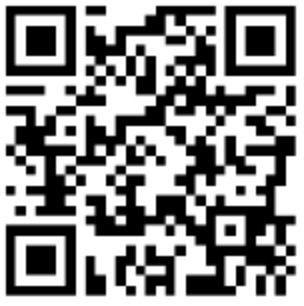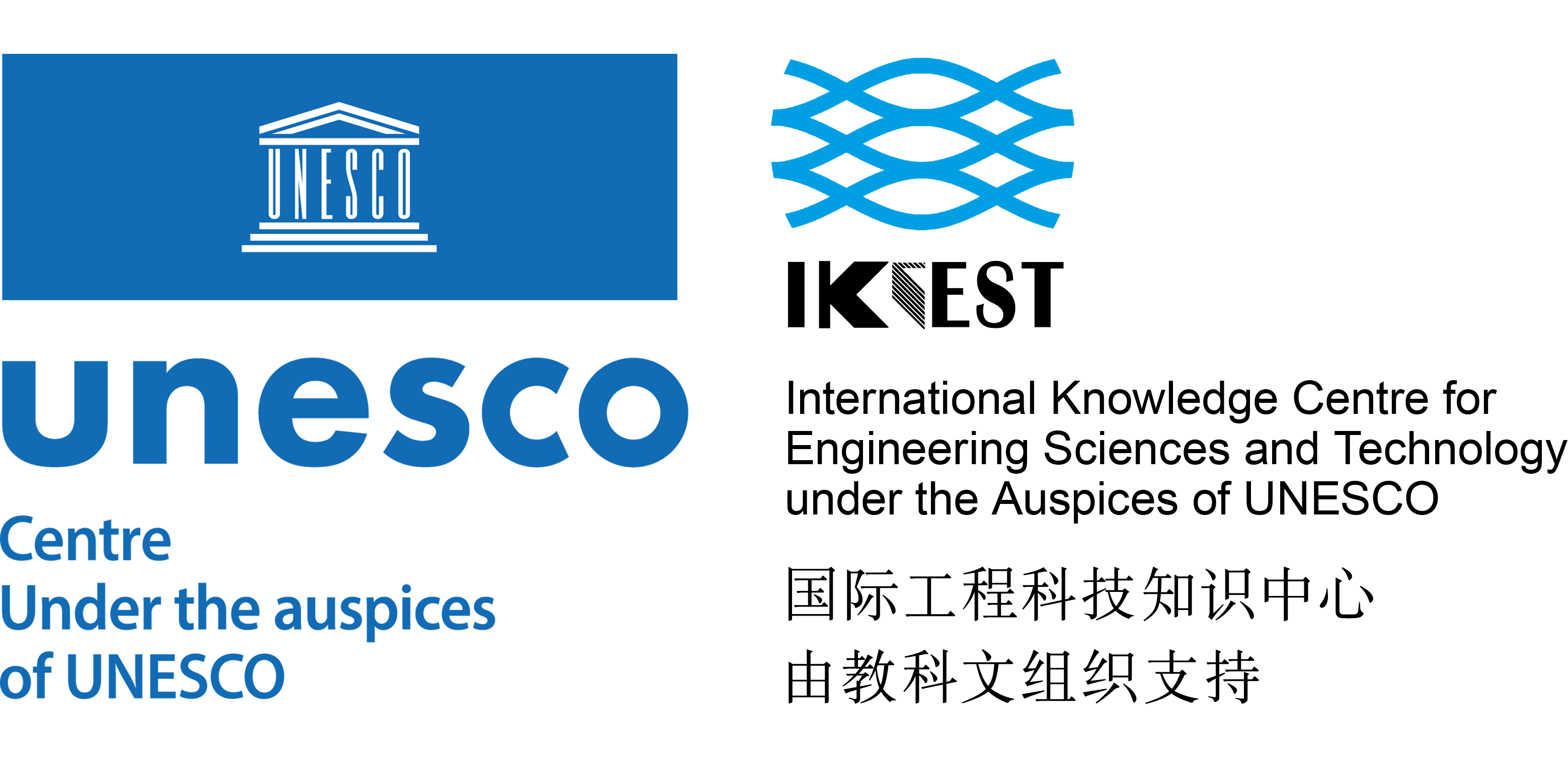Journal
Please choose volume & issue:
-
Toward Privacy-Respecting Service Robots
Keywords:PrivacyRobot sensing systemsSensorsService robotsRobot vision systemsPervasive computingData privacyCamerasThree-dimensional displaysService RobotsQuality Of LifeNatural LanguagePublic SpacesEnvironmental ContextRisk CommunicationGeneral Data Protection RegulationUser PreferencesPersonal DevicesPrivacy RisksRobot BehaviorInteraction CapabilitiesPrivacy ThreatsInteractivePersonalityData PrivacyMicrophoneCurrent ContextMode Of InteractionHuman-robot InteractionHuman-robot CollaborationPrivacy BreachesPrivacy SettingsOnline Social MediaRobot InteractionPrivate SpacePublic Environment3D LiDARAbstracts:Future service robots have the potential to improve our quality of life across diverse contexts. However, they will introduce multifaceted privacy threats. After detailing such threats, we outline possible research approaches to elicit and implement user privacy preferences, considering robots’ capabilities and their deployment contexts, including multiuser scenarios in public spaces. Our work aims to catalyze future research efforts to promote the responsible, privacy-compliant deployment of such robots.
- Store, Search & Manage Research Data
-
Parallel Feature Fusion for Multimodal Scene Recognition on Dual-Core MCUs
Keywords:Feature extractionComputational modelingVisualizationMicrocontrollersData modelsParallel processingCloud computingArtificial intelligencePervasive computingAccuracyMultimodal sensorsScene classificationObject RecognitionFeature FusionParallel Feature FusionNeural NetworkData VisualizationParallelizationCore ProcessesEdge ComputingParallel ApproachFusion StrategyIntermediate FeaturesAudio DataMultiple CoresMultiple Data TypesMultimodal AnalysisMultimodal LearningCloud ProcessingMemory ConstraintsEarly FusionParallel ExecutionIntermediate RepresentationConvolutional Neural NetworkDense LayerImage ClassificationImaging DataFinal ClassificationIndustrial Internet Of ThingsExtracted Feature VectorsFusion ApproachMultilayer PerceptronAbstracts:Multimodal sensing promises more robust environmental understanding for pervasive computing applications, but implementing sophisticated sensor fusion on resource-constrained devices remains challenging. We present a novel approach that leverages dual-core microcontrollers to enable the parallel processing of visual and audio data for scene recognition. Our system concurrently executes specialized neural networks across separate cores while efficiently fusing their intermediate features, achieving 93% classification accuracy across nine different environments. This represents a 12.27% improvement over single-modality approaches while reducing latency by 48 ms compared to sequential processing. The entire system operates within just 258 KB of memory, demonstrating that complex multimodal AI is achievable even on highly constrained devices. By enabling sophisticated environmental understanding without cloud connectivity, this work advances privacy-preserving edge intelligence for a wide range of future applications.
-
Exploring Opportunities and Challenges of Smart Walkers for Elderly Users: A Survey
Keywords:Legged locomotionSensorsSafetyOlder adultsCostsBrakesIntelligent sensorsAssistive devicesStability analysisSmart devicesElderly UsersQuality Of LifeAssistive TechnologyImpaired MobilityIncrease In AttitudesNavigationLimited MobilityAutomatic ControlInertial Measurement UnitForce SensorGait AnalysisObstacle AvoidanceHand GripFall PreventionWalking PatternLaser RangingUltrasonic SensorsMetal FrameLocation TrackingModerate CostBraking SystemDigital DisplayCluttered EnvironmentsRear WheelsDynamic ObstaclesWirelessMobility IssuesHealth MetricsOutdoor EnvironmentsControl SystemAbstracts:Worldwide, the elderly population above the age of 60 is increasing a lot, leading to more people experiencing physical and cognitive impairments that affect mobility. This brings a massive demand for assistive devices, such as walkers, canes, and rollators. Despite the availability of such devices at low cost, elders face many challenges while walking. To address these, smart walkers incorporating sensors have been developed to enhance support and improve quality of life. This article critically surveys the functionalities of existing smart walkers in terms of physical support, cognitive, and sensor assistance, and healthcare monitoring, discussing their potential, challenges, and future research directions for improvement.
-
Multifunctional Electrodes for Signal Soil Measurements: Benchmark With ML-Based Algorithms
Keywords:Soil measurementsElectrodesMachine learningSoil measurementsAccuracyMoistureMachine learning algorithmsGraphiteSoil propertiesMonitoringSmart agricultureMachine LearningClassification AccuracySupport Vector MachineRandom ForestSoil SamplesSoil MoistureMachine Learning ModelsSoil TypeSoil PropertiesSoil Organic MatterHyperspectralOrganic Matter ContentElectrode MaterialsBiodiversity LossSoil CharacteristicsEnergy HarvestingWater Use EfficiencySoil TextureSoil AnalysisMoisture LevelsPeat SoilClayey SoilSandy SoilLinear Discriminant AnalysisDecision BoundaryManhattan DistanceInfluence Of MoistureHyperparametersCopper PlateF1 ScoreAbstracts:Soil monitoring is a crucial issue for sustainable field and agricultural management. This article explores the performance of machine learning models in classifying soil types under varying moisture levels using wire–plate and plate–plate sensor configurations. Voltammetric sensors can be used to analyze soil in situ and act as a microbial fuel cell (MFC). Several classifiers were applied, and the logistic regression and support vector machine achieved the highest accuracy, reaching 99% in the wire–plate configuration and 94% in the plate–plate configuration. Focusing on soil classification under different moisture conditions, Adaboost and random forest outperformed other models, achieving an accuracy of 93% and 90%, respectively. The study highlights the importance of sensor design, model selection, and environmental factors in optimizing soil classification accuracy. These findings suggest that tailored machine learning approaches, in combination with refined sensor configurations, can improve the reliability of soil monitoring systems in agricultural and environmental applications. Furthermore, the integration of MFCs enables simultaneous soil characterization and energy harvesting, enhancing the potential for self-sustaining monitoring solutions.
-
Biosensors for the IoT: Principles, Potentials, and Applications
Keywords:BiosensorsSensorsTemperature sensorsBiomedical monitoringMedical servicesTemperature measurementMonitoringBiologyReal-time systemsPollution measurementInternet Of ThingsPollutionBlood GlucoseDrug DiscoveryBody TemperatureWirelessCrop YieldContinuous MonitoringData PrivacyReal-time DataElectrical SignalsPersonalized TreatmentHealth MonitoringPlant HealthActual KnowledgeRemote MonitoringSmart CitySoil HealthPrecision AgricultureIncrease Crop YieldBiological ElementsAir QualityWireless TechnologiesSoil MoistureTemperature SensorFood SafetyEnsure Food SafetyPredictive MaintenanceVolatile Organic CompoundsHomeland SecurityAbstracts:Biosensors for the Internet of Things (IoT) represent a transformative integration of biological sensing with digital communication over the Internet, enabling real-time monitoring of health, environment, and industrial processes. These devices convert biological responses into electrical signals, which are then transmitted via IoT networks for analysis and decision-making. Applications range from wearable health monitors to smart agriculture systems that track soil conditions and plant health. When combined with IoT, biosensors offer enhanced data collection, remote monitoring, and automation. The rapid advancements in nanotechnology, wireless communication, and data analytics are further enhancing the sensitivity, miniaturization, and efficiency of these systems. As a result, biosensors for IoT hold immense potential to transform healthcare, environmental monitoring, and industrial automation by providing timely, accurate, and actionable insights across various sectors.
-
Characterization and Feasibility of Wearable Spectroscopic Tracking of Nutrition Biomarkers
Keywords:NutrientsBiomedical monitoringMonitoringWearable devicesMetabolismProteinsFatsBiosensorsReal-time systemsOptical variables measurementExperimental SetupLight SourceDietary IntakeVisible LightPrimary SourceNutritional StatusContinuous MonitoringMacronutrientDietary PatternsMolecular SignaturesWearable DevicesWeight ManagementOptical SensorsHormone ProductionFood DiaryNutrient MetabolismCommon FoodNon-invasive MonitoringSpectral ProfilesCommercial DevicesEthyl AcetoacetateContinuous Glucose MonitoringVery Low-density LipoproteinHigh-density LipoproteinCarbohydrate MetabolismLow-density LipoproteinOrthogonal Matching PursuitNutrition MonitoringLipid MetabolismNear-infrared SpectroscopyAbstracts:Disorders related to nutrition and metabolism remain a critical public health challenge globally, affecting a significant portion of the population. While traditional calorie tracking methods help monitor dietary intake, they do not capture how the body synthesizes and metabolizes nutrients, and are often inaccurate, cumbersome, and inconvenient. Wearable biosensing technologies present a promising avenue for more precise, noninvasive monitoring of nutritional intake, providing individuals with real-time feedback to improve their dietary habits. In this study, we explore the feasibility of using an off-the-shelf wearable device to track nutrients in the blood. Utilizing a multiwavelength optical sensor covering a range of wavelengths in the visible spectrum, we compare the device’s ability to measure spectral absorption profiles of various nutritional molecules relative to a spectrophotometer. Through advanced signal processing and statistical techniques, we are able to successfully recover molecular signatures from the wearable device relative to the spectrophotometer. Our results demonstrate the potential of wearable biosensing technology to track nutritional intake, offering a new tool for effectively managing nutritional disorders through real-time monitoring.
-
Special Issue on Biosensing
Keywords:Special issues and sectionsBiosensorsBiotechnologyMedical diagnosisScience And TechnologyMolecular StructureInternet Of ThingsWearable DevicesEnergy HarvestingSensor NetworksActual KnowledgeUse Of Machine LearningAgricultural IntensificationMachine Learning PredictionMicrobial Fuel CellsSustainable IntensificationEfficient Resource ManagementBiosensor TechnologyDiverse Range Of ApplicationsAbstracts:Biosensing technology is leading the next wave of innovation, transforming how we engage with our environment, monitor our health, and connect with each other. Biosensors are analytical devices that combine biological sensing with a physical or chemical detector to identify and measure specific substances. They play a critical role in many aspects of modern science and technology, including medical diagnostics, environmental monitoring, food and agriculture, and biotechnology. From wearable health monitors to implantable devices or environmental biosensors, this technology is redefining what it means for computing to be truly pervasive.
-
Listening to the Body: Rethinking Biosensing for the Next Era of Preventive Health
Keywords:Chronic PainWearableContext-aware
- IEEE Computer Society: Grants for Emerging Technology Activities
Hot Journals
- Risk Breakdown Matrix for Risk-Based Inspection of Transportation Infrastructure Projects
- Social Control in Outsourced Architectural and Engineering Design Consulting Projects: Behavioral Consequences and Motivational Mechanism
- 2022 Best Paper Award
- Hold-Ups and Failures in Negotiated Order: Unearthing the Nuances of Rework Causation in Construction
- Prevalence and Risk Factors for Poor Mental Health and Suicidal Ideation in the Nigerian Construction Industry
- CFRP–Cable-Stayed Bridge Hybrid with Partial Suspension and a Span Exceeding 3,000 m: Concept, Optimization, and Construction
- Impact of Wind Load Characteristics on Computed Bridge Stay-Cable Forces Used for Bridge Health Monitoring
- Weak-End and Frequency Detection of Elastically Supported Bridges by Contact Residual Response of Two-Axle Test Vehicle in a Round Trip
- Development of Performance-Based Fragility Curves of Coastal Bridges Subjected to Extreme Wave-Induced Loads
- An Analytical Model to Evaluate Short- and Long-Term Performances of Post-Tensioned Concrete Box-Girder Bridges Rehabilitated by an Ultrahigh-Performance Concrete Overlay
- Three-Dimensional Velocity Distribution in Straight Smooth Channels Modeled by Modified Log-Law
- Experimental Investigation on Flow Past Two and Three Side-by-Side Inclined Cylinders
- An Experimental Investigation of Rotor–Box Aerodynamic Interaction 1
- Modeling Gas–Liquid Flow Between Rotating and Nonrotating Annular Disks
- Entry Length Requirements for Two- and Three-Dimensional Laminar Couette–Poiseuille Flows
Advanced Materials (3,745)
- Structured Perovskite Light Absorbers for Efficient and Stable Photovoltaics
- Strategies for High‐Performance Solid‐State Triplet–Triplet‐Annihilation‐Based Photon Upconversion
- Atomic Engineering Catalyzed MnO2 Electrolysis Kinetics for a Hybrid Aqueous Battery with High Power and Energy Density
- Crystal Adaptronics: Global Performance Indices for Dynamic Crystals as Organic Thermal Actuators (Adv. Mater. 20/2020)
- Enlightening Materials with Photoswitches
Acta Astronautica (1,768)
- Mixed-integer trajectory optimization with no-fly zone constraints for a hypersonic vehicle
- Adaptive control design for active Pogo suppression of large strap-on liquid launch vehicles
- Machine learning based approach for modeling and forecasting of GPS–TEC during diverse solar phase periods
- Effect of two-dimensional micro-cavity surface on hypersonic boundary layer
- Investigation on burning behaviors of aluminum agglomerates in solid rocket motor with detailed combustion model








 User Center
User Center My Training Class
My Training Class Feedback
Feedback





